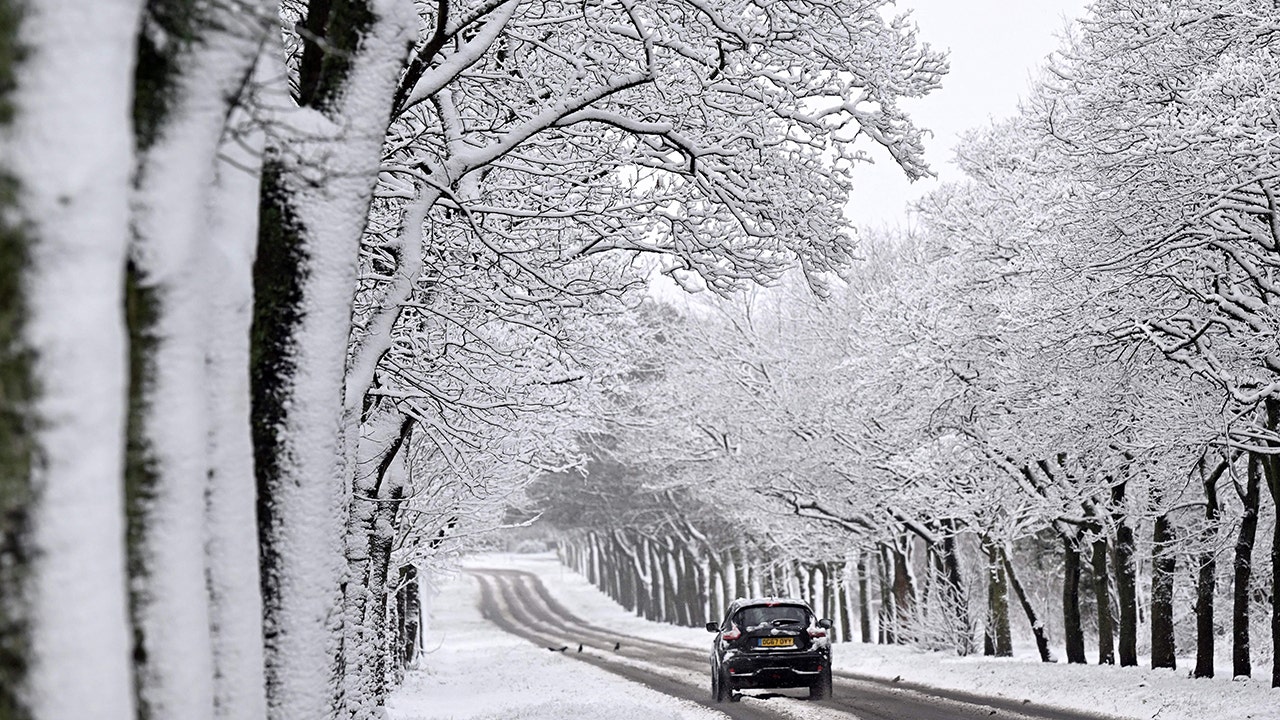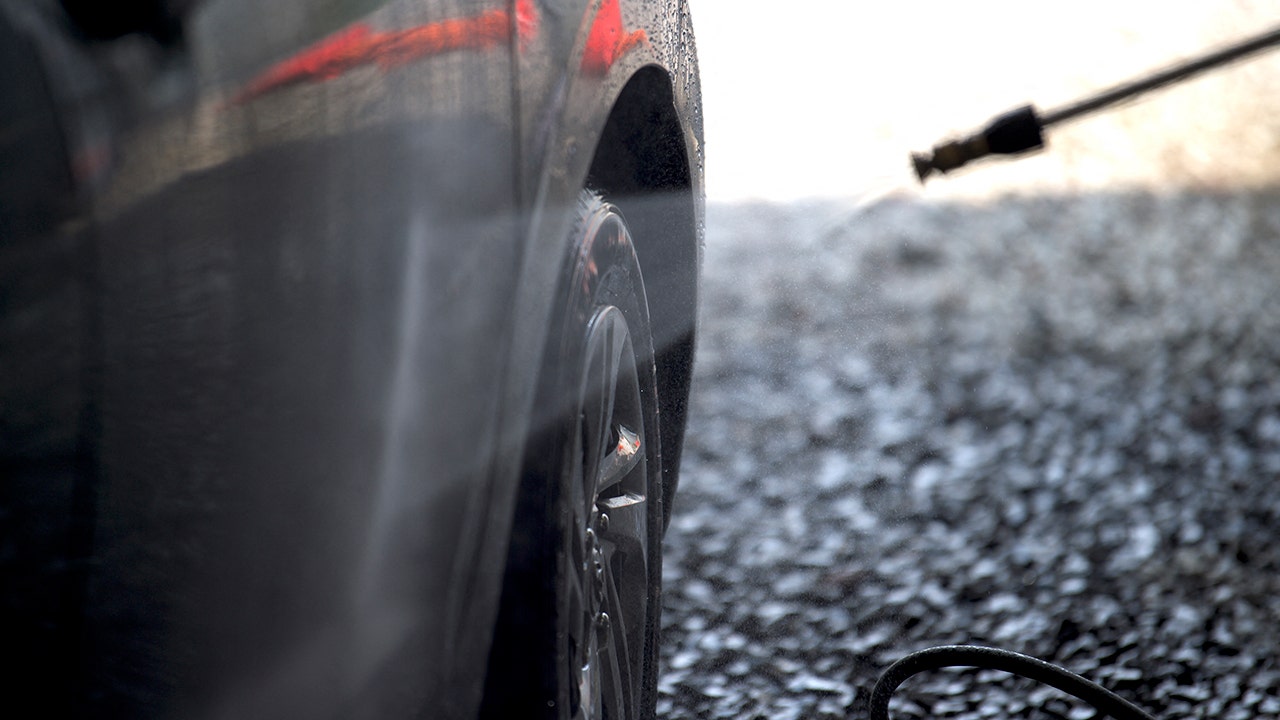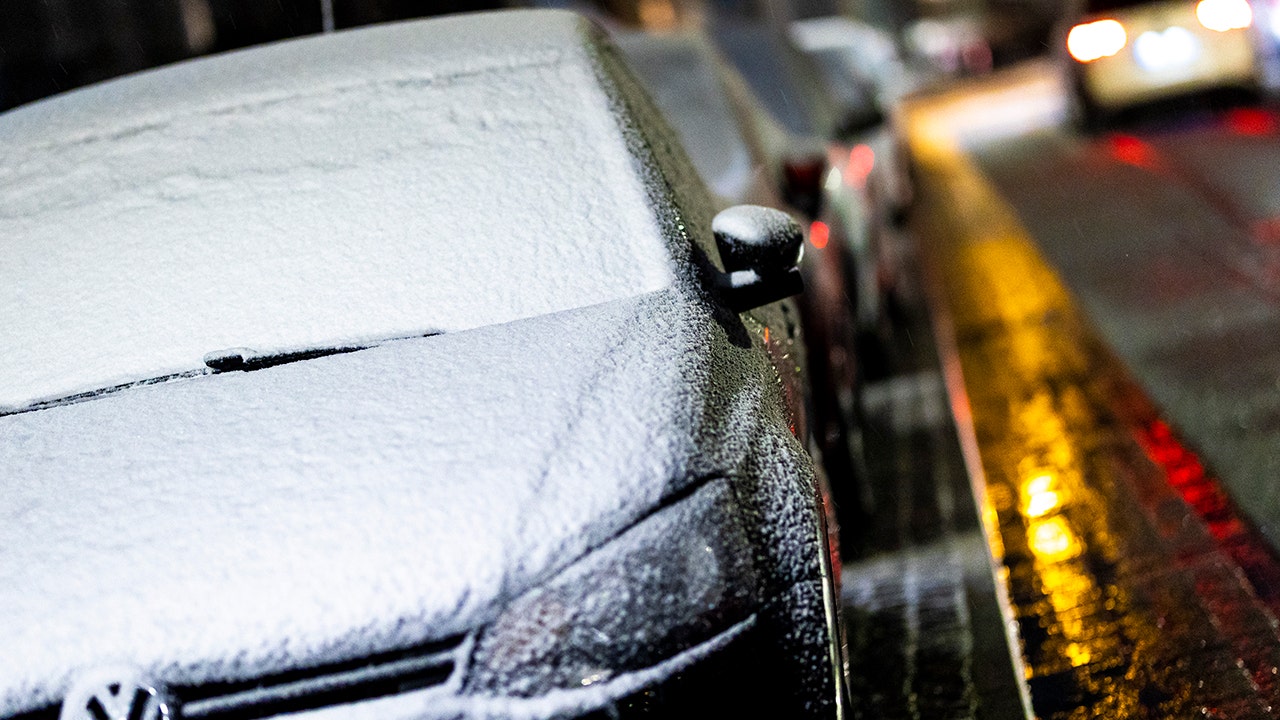Cars face various issues that are closely related to the external temperature. While routine maintenance, such as oil changes, is crucial year-round, it’s important to be aware of specific concerns that arise with changing weather conditions.
Temperature is one of the major factors that affect cars. To ensure your car stays in good condition, there are precautions you should take in both hot and cold weather. Here are some scenarios and steps you can follow to keep your car healthy.

Extreme weather, whether hot or cold, can significantly impact cars. Therefore, it is essential to be proactive in maintaining your vehicle’s well-being.
Here are three key areas to focus on:
1. What to look out for during hot temperatures:
During extreme heat, it’s crucial to monitor your car’s battery. High temperatures can make it harder for your battery to hold a charge. mitigate the risk of a dead battery due to excessive heat by parking your car in shaded areas whenever possible. Opting for a shaded garage over an open lot is recommended. Additionally, consider using a car cover to keep your vehicle cool and regularly inspect the battery’s condition, especially before embarking on a long road trip. Always keep an eye on your car’s temperature gauge and be vigilant if your vehicle begins to overheat.

2. Problems your car could face during cold weather:
Cold weather can be harsh on your car, but you can protect it by taking a few extra precautions. Before heading out, take the time to warm up your car for a minute or two. This small step can make a significant difference. Additionally, monitor your tire pressure regularly, as cold air causes tire pressure to drop more quickly. Keeping your tires properly inflated is crucial to avoid flats. If you live in an area with heavy snowfall, investing in winter tires can enhance your vehicle’s traction on snowy and icy roads.
3. What to do when snow hits:
While snow can be beautiful, it can also pose challenges for those who need to travel. When snowfall occurs, it’s essential to clear all the snow from your car before hitting the road to ensure optimal visibility through the windshield.

Driving after a snowstorm typically means encountering salt on the roads. Although salt effectively melts snow and ice, it can lead to rust formation on your vehicle. To mitigate this problem, make regular visits to the car wash throughout the winter season, especially after snowfall, to remove any salt residue from your car.
By following these tips, you can better protect your car from the impacts of changing weather conditions and ensure its longevity.
Author: Ashlyn Messier is a writer for Fox News Digital.
Denial of responsibility! VigourTimes is an automatic aggregator of Global media. In each content, the hyperlink to the primary source is specified. All trademarks belong to their rightful owners, and all materials to their authors. For any complaint, please reach us at – [email protected]. We will take necessary action within 24 hours.

